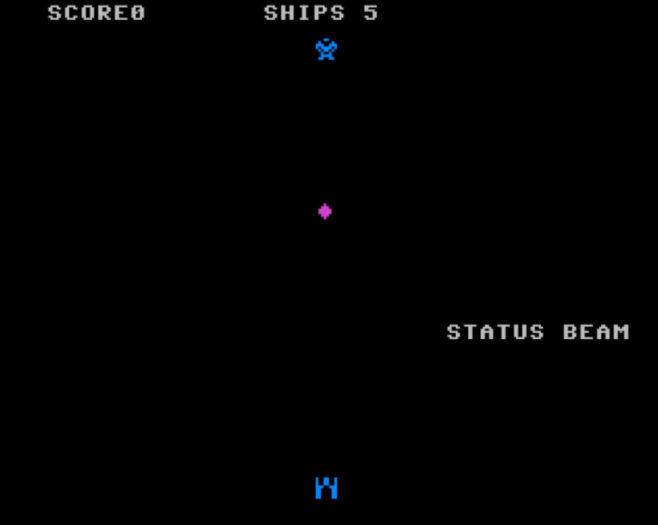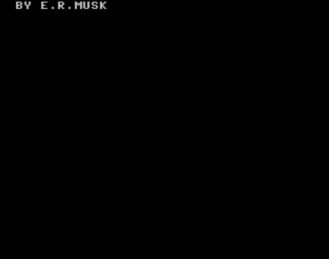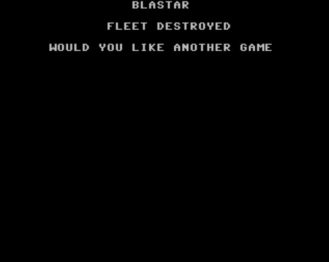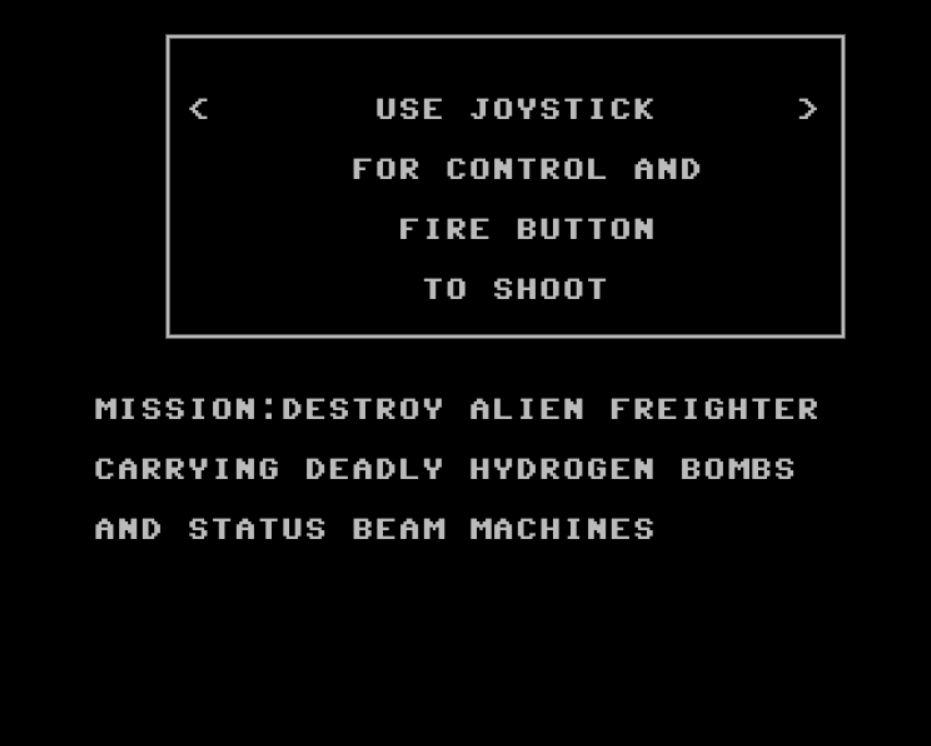Elon Musk describes Tesla’s electric cars as a thing to “maximize enjoyment.” During his appearance at the Joe Rogan Experience podcast, Musk noted that he thinks a Teslas are “the most fun thing (people) could possibly ever buy.” With their impressive acceleration, equally impressive tech, and their multitude of features, Musk’s words definitely appear to ring true. Tesla emphasized the CEO’s point further with the release of Software Version 9, when the company introduced TeslAtari, a new Easter Egg that allowed drivers to play classic Atari games when their vehicles are on Park.
Tesla has since added another title, the iconic racing game Pole Position, to its lineup of TeslAtari games. In one of his Twitter sessions, Musk also reacted positively to the suggestion of including Blazing Chrome, a game notably set in a post-AI apocalyptic world, to Tesla’s list of in-car games in the future. With TeslAtari already introduced, it is now just a matter of adding titles to its lineup of games. With this in mind, there is one particular title that would most definitely be a great addition — Blastar, a sci-fi shooter that Elon Musk wrote in 1984.
Screenshots from Blastar, a game Elon Musk wrote when he was 12 years old. (Credit: blastar-1984.appspot.com)
Before being known for his work in Zip2, PayPal, SpaceX, Tesla, and The Boring Company, Elon Musk was a kid with a computer. Musk saw his first computer at the Sandton City Mall in Johannesburg when he was nearly ten years old. Speaking to Ashlee Vance, who wrote his biography, Elon Musk: Tesla, SpaceX, and the Quest for a Fantastic Future, Musk stated that his interest was immediately piqued by the machine. “There was an electronics store that mostly did hi-fi-type stuff, but then, in one corner, they started stocking a few computers. It was like, ‘Whoa. Holy s***!’ I had to have that and then hounded my father to get the computer,” Musk said.
Musk eventually did get a computer of his own — a Commodore VIC-20, a popular home computer that went on sale in 1980. Elon’s first computer was hardly a powerhouse, being equipped with 5KB of memory. The machine also came with a workbook on the BASIC programming language, which was designed to be completed in six months. Musk noted that he got “super OCD” with the workbook, resulting in him neglecting sleep and finishing the entire course in about three days.
In 1984, South African publication PC and Office Technology published the source code to a video game written by a 12-year-old programmer who went by the curious name of E.R. Musk. The game, dubbed Blastar, required 167 lines of instructions to run, and it netted the young Musk $500 for his work. An explainer for the game notes that “In this game, you have to destroy an alien space freighter, which is carrying deadly Hydrogen Bombs and Status Beam Machines. This game makes good use of sprites and animation, and in this sense, makes the listing worth reading” — seemingly teasing Musk’s later work in the space industry.
What is particularly cool is that Elon Musk’s space shooter is actually playable online. Back in 2015, former Google software engineer Tomas Lloret (Lloret would later leave Google to work for Musk in SpaceX) opted to create an HTML5 version of the game that could be accessed on the web. The game is pretty basic overall, and Musk himself has lightly dubbed the title as “trivial.” Despite this, though, there is very little doubt that the inclusion of Blastar among the games in Tesla’s Easter Eggs would be pretty cool, Status Beam Machines and all. Perhaps Tesla can add this game in an upcoming update? One can hope.
For now, try out some rounds of Elon Musk’s Blastar here. Do be watchful, though. Those Status Beams would most certainly test your patience.





